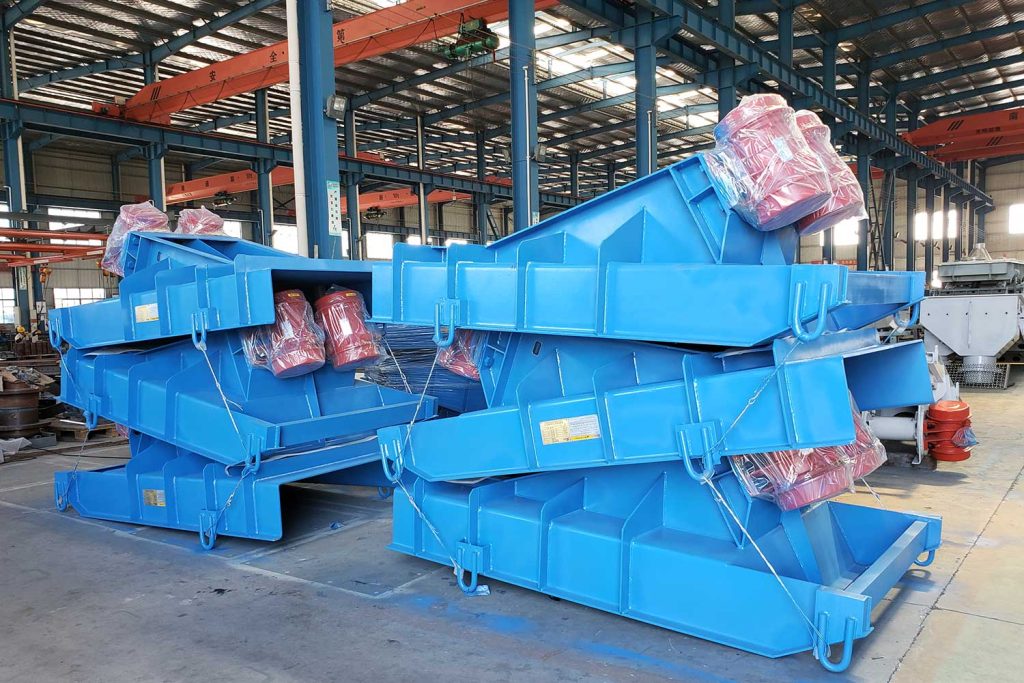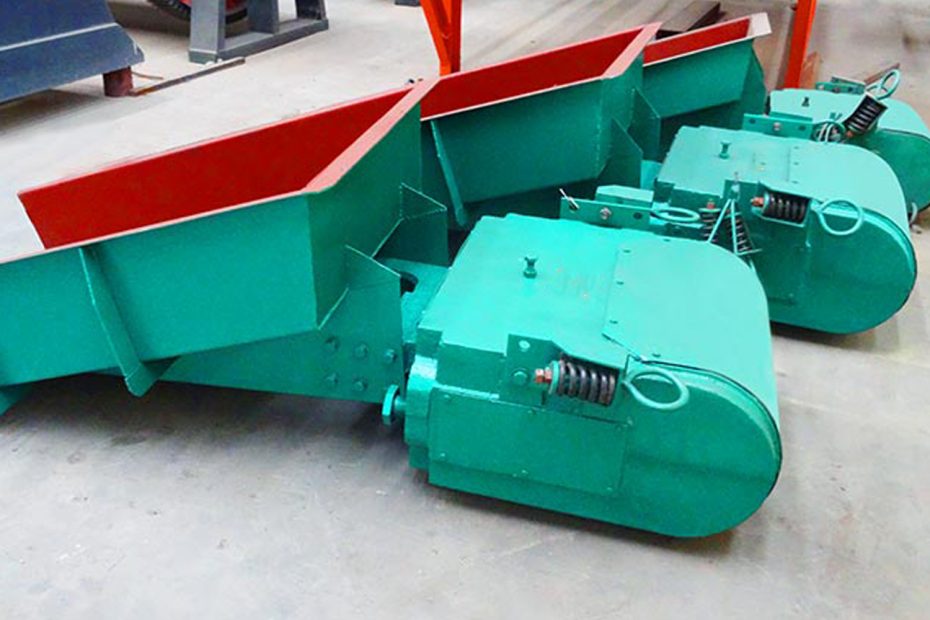Electromagnetic vibrating feeders are critical components in various industrial processes, serving to transport bulk materials with precision and efficiency. At the heart of these feeders lies the electromagnetic vibrating feeder exciter, a complex assembly designed to generate the required vibrations.
Before delving into the design process, it’s important to grasp the fundamental concept of electromagnetic vibrating feeders. These devices consist of a tray or trough that conveys bulk materials by generating controlled vibrations. The key element responsible for these vibrations is the electromagnetic vibrating feeder exciter.
Before calculating the electromagnetic parameters of the electromagnetic vibrating feeder, the following original data should be given:
- Given the usable voltage;
- Given working conditions, such as ambient temperature and humidity;
- Given operating frequency and relative amplitude;
- The required excitation force amplitude;
- The phase difference angle between the excitation force and the displacement.
The working frequency, relative amplitude, excitation force amplitude and phase difference angle between the excitation force and displacement should be calculated according to the given working conditions, production process requirements and characteristics of the materials being transported. to make sure.
Design of electromagnets and calculation steps of electromagnetic parameters
- Select the excitation method and adjustment method;
- Select the iron core type;
- Select the air gap magnetic density and calculate the magnetic pole area;
- Calculate the magnetic density of the iron core and find the number of turns;
- Determine the average working air gap ƴ₀ and installation air gap ƴ of the electromagnet;
- Calculate the effective value and average value of the current;
- Determine the cross-sectional area of the conductor;
- Determine the size of the coil and iron core and calculate the weight;
- Check temperature rise, insulation, etc.;
- Selection of electrical components.

Determine Application Requirements of Electromagnetic vibrating feeders
- Material Characteristics: Determine the type, size, and characteristics of the bulk material to be transported.
- Flow Rate: Calculate the desired material flow rate in tons per hour or other relevant units.
- Operating Environment: Account for environmental factors like temperature, humidity, and potential contaminants.
Conclusion
Designing an electromagnetic vibrating feeder exciter is a multifaceted process that demands a deep understanding of the application’s requirements and the careful selection and design of core components such as coils, armatures, springs, and housings.
By following the steps outlined in this article, engineers can create exciter assemblies that deliver precise and efficient material handling solutions in a wide range of industrial applications. The success of these feeders hinges on the meticulous design process that ensures reliability, performance, and longevity in the field.
